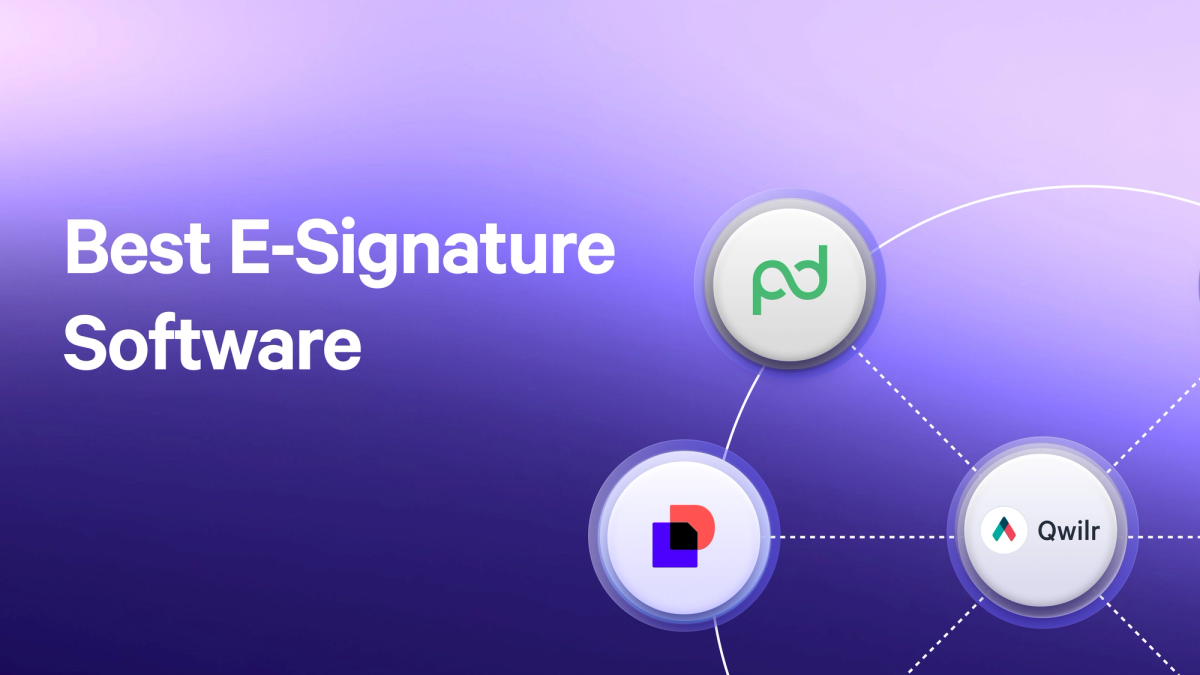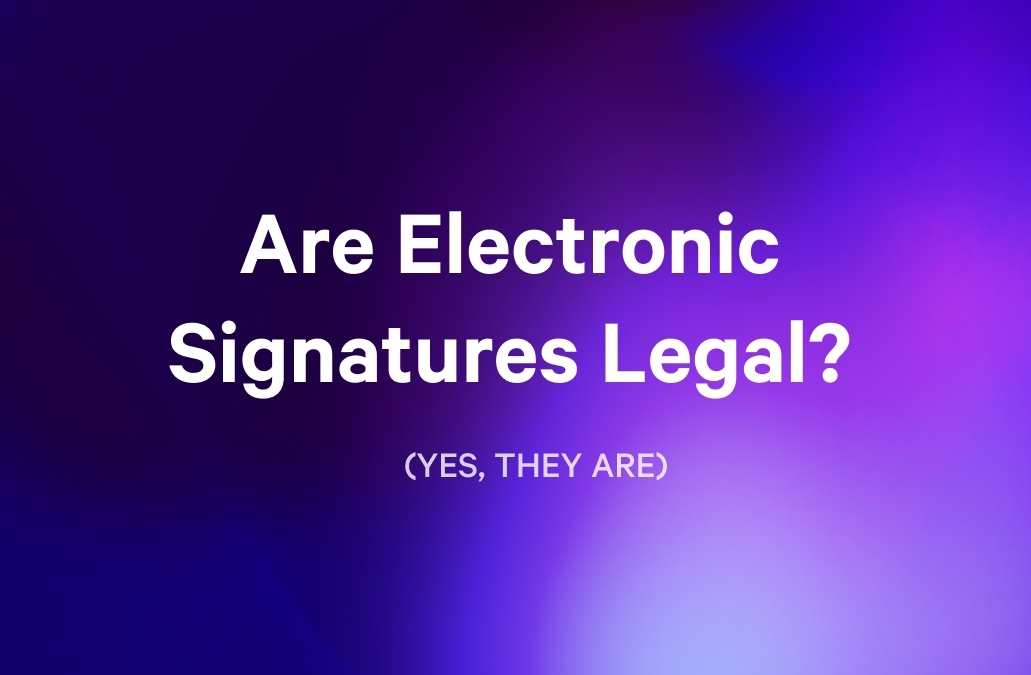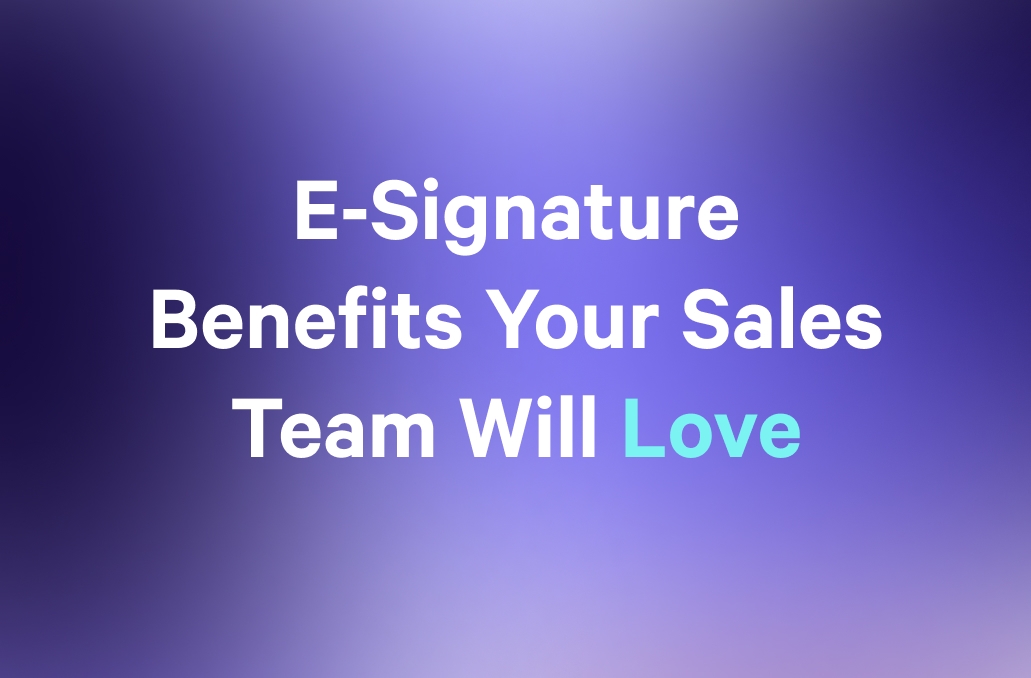When it comes to sending, tracking, and signing documents online, Adobe Sign and Docusign are two of the biggest names in the space. Both promise to replace paper and streamline workflows—but they go about it in quite different ways.
This article compares features, prices, strengths, and tradeoffs to help you pick the right tool (or tools) for your business.
And if you appreciate being able to have a glimpse, then you’ll enjoy scanning the tables and checklists for quick review on which rival should be your ally.
Adobe Sign
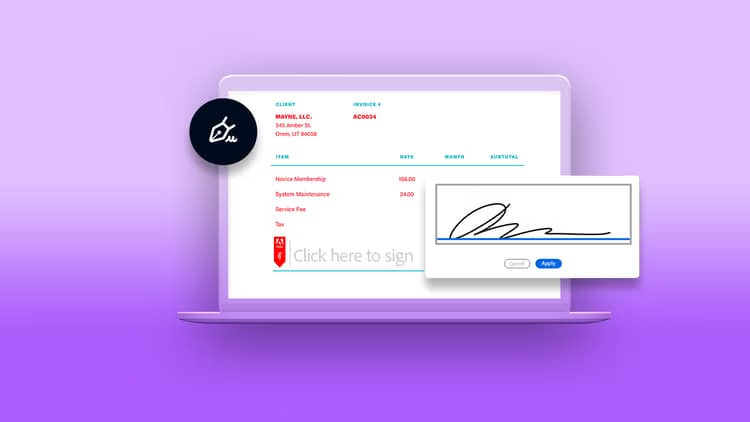
Adobe Sign is Adobe’s enterprise-grade e-signature solution, part of the wider Adobe Document Cloud ecosystem. It allows users to prepare, send, sign, and track documents electronically, while integrating deeply with tools like Acrobat, Microsoft 365, Salesforce, and Workday.
Born out of Adobe’s legacy in digital documents and PDFs, Adobe Sign blends reliability with usability. Its focus: secure signatures, document automation, and scalable workflows built on Adobe’s long-standing expertise in digital media and enterprise-grade software.
Docusign
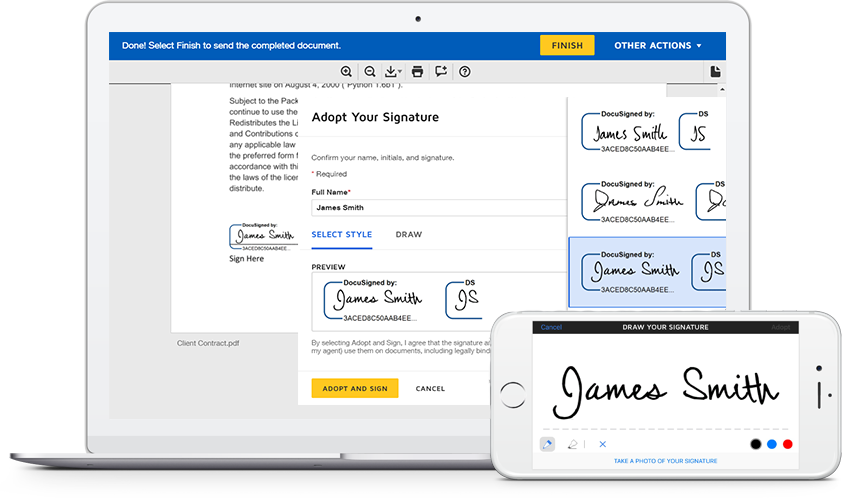
Docusign is one of the longest-established and most trusted names in electronic signatures and agreement management. It focuses primarily on delivering legal, scalable, compliance-ready e-signature workflows, with integrations and extensions into contract lifecycle management (CLM).
Docusign is often thought of as “signature first”: sign here, sign there, make sure the process is secure and legally binding - then layer on broader agreement management features.
In short :
Adobe Sign = signature + automation + PDF/document integration across Adobe and Microsoft ecosystems
Docusign = signature-first, secure, compliance-focused workflows, extensible into contract lifecycle features
Feature comparison
Here’s how they stack up in key capability areas:
| Feature Area | Adobe Sign | Docusign | Notes & Tradeoffs |
|---|---|---|---|
Document Creation & Design / Editing | Strong integration with Adobe Acrobat for PDF creation, editing, and annotations | More limited built-in design - often relies on templates or clause libraries | Adobe Sign shines for teams already using Acrobat or PDF workflows; Docusign leans on structured templates |
Templates & Content Reuse | Supports templates and reusable forms; integrates with Adobe Experience Manager for large-scale deployments | Has template/clause libraries and reusable components, though less flexible in “mix & match” mode | Adobe Sign’s template strength grows when used within Adobe’s ecosystem |
E-Signature / Signing Workflow | Fully supported with automated routing, reminders, and mobile signing | One of its core strengths; advanced routing, authentication, audit trails | Both are leaders; Docusign remains the benchmark for legal compliance |
Approval & Routing Logic | Role-based approvals, conditional routing, bulk sending | Advanced workflows, delayed routing, embedded signatures | Both are strong - Docusign’s enterprise workflows are slightly more mature |
Negotiation / Collaboration / Redlining | Limited; relies on Acrobat commenting or third-party integrations | Some support via CLM or advanced modules | Adobe Sign is less about negotiation, more about execution and tracking |
Payments / Billing Integration | Supports payment collection through integrations (Braintree, PayPal) | Does not natively focus on payments; relies on external systems | Both require integrations; neither is built for “sign and pay” natively |
Integrations & Ecosystem | Deep ties to Microsoft 365, Salesforce, Workday, and Adobe’s own suite | Also very strong integration network, especially for enterprise stacks | Adobe Sign is ideal if you’re in the Microsoft or Adobe ecosystem; Docusign dominates in legal/enterprise contexts |
Security, Compliance & Legal Standing | Enterprise-grade encryption, SOC 2 Type 2, GDPR, eIDAS, and FedRAMP compliance | Very strong - historically known for legal robustness, global eIDAS, advanced identity checks | Both are top-tier for compliance and global standards |
Analytics / Tracking / Insights | Tracks signing progress, completions, and usage across teams | More focused on signature status, timing, and audit logs | Both provide strong tracking; Adobe Sign offers broader insights if you use Document Cloud |
Mobile Experience / Sign-on-the-go | Excellent mobile support via Adobe Acrobat Reader app and dedicated Adobe Sign app | Strong mobile support, signature optimized for many device types | Adobe Sign’s mobile integration benefits from Acrobat’s ubiquity |
Highlights & differentiators
When you compare Adobe Sign and Docusign, both deliver reliable, enterprise-ready e-signature functionality. But under the hood, they’re built for slightly different philosophies. Adobe Sign leans into integration and ecosystem connectivity, while Docusign favors specialization, structure, and legal rigor.
Integration ecosystem vs. specialized structure
Adobe Sign thrives in interconnected environments. Its superpower lies in how ideally it plugs into existing business software - from Microsoft 365 to Salesforce, Google Drive, and Adobe Acrobat. If your teams already live in PDFs, PowerPoint decks, or Word documents, Adobe Sign lets them send and sign within the tools they already use.
Docusign, on the other hand, prioritizes precision and control. Its structured templates, authentication options, and audit trails make it indispensable for organizations where consistency and compliance are non-negotiable.
If Adobe Sign is the glue that connects your workflow, Docusign is the lock that keeps it secure. Both have their place: one enabling smooth collaboration, the other ensuring airtight execution.
Signature-first vs. ecosystem-driven workflows
Docusign’s heritage lies in e-signature precision - the secure, verified, audit-ready completion of documents. It has since expanded into full contract lifecycle management, but its DNA remains signature-centric.
Adobe Sign, in contrast, plays the long game of ecosystem synergy. It’s less about individual documents and more about the digital document lifecycle as part of a larger workflow. From creation in Acrobat to sending and signing in Adobe Sign, everything is connected.
In practice, Docusign ensures legality and trust at scale. Adobe Sign ensures connectedness and efficiency across your digital document systems.
Enterprise-grade security
Both tools take compliance seriously, but Adobe Sign’s credentials stretch deep into government and enterprise standards. It’s FedRAMP-authorized, HIPAA-ready, and adheres to SOC 2 Type 2, ISO 27001, and GDPR. (In layman’s terms, that means your data is protected to the highest industry standards, so you can trust it’s secure and compliant.) That makes it ideal for organizations that require globally recognized compliance frameworks but want to stay inside the Adobe ecosystem.
Docusign, of course, remains the gold standard for legal verification and identity management, particularly where signature compliance is the focal point rather than document management.
Investment and return
Adobe Sign (Adobe / Acrobat + Sign) pricing
Below is a snapshot of how Adobe Sign and Docusign stack up in dollars and sense - so you know whether your investment earns you a return or just a fancy envelope stamp.
| Plan | Price (USD) | Notes & Conditions |
|---|---|---|
Acrobat Standard (Individual) | $12.99 per user/month (annual) | Entry-level plan, includes editing PDFs + signatures, etc |
Acrobat Pro (Individual) | $19.99 per user/month (annual) | More advanced PDF + document features |
Acrobat Standard (Teams / Business) | $14.99 per month/ license (annual) | For teams/multiple users; includes team-level features |
Acrobat Pro (Teams / Business) | $22.19 per month/license (annual) | Adds features like bulk sending, branding, etc. |
Caveats:
All listed prices are in U.S. dollars and reflect Adobe’s annual billing rates (with monthly equivalents provided for context). The Enterprise or “Acrobat Sign Solutions” tiers are not fixed and are typically negotiated on a case-by-case basis, depending on factors like user volume and required integrations.
It’s also worth noting that Adobe’s official website doesn’t always display full pricing details for business or enterprise plans - in many cases, you’ll need to contact their sales team directly for an accurate quote.
Docusign pricing
Docusign pricing for the core eSignature tiers:
| Plan | Price (USD) | Features |
|---|---|---|
Personal | $10/month (billed annually) | Allows 5 envelopes/month |
Standard | $25 per user/month (billed annually) | Envelope allowance: up to 100 envelopes/year per user |
Business Pro | $40 per user/month (billed annually) | Adds features: signer attachments, form logic, bulk send, payment request within signature flows |
Enhanced Plans | Custom/contact sales | Highly customized: advanced compliance, API, integrations, volume discounts, etc |
Caveats:
Docusign’s published core eSignature plans are generally transparent, but enterprise-level solutions or specialized features require direct engagement with their sales team.
Envelope limits differ depending on the billing cycle -for instance, Standard and Business Pro annual plans typically include around 100 envelopes per user per year, while monthly plans often cap usage at about 10 envelopes per month.
Additionally, some third-party sources list alternate pricing figures (such as $15, $40, or $60), but these often reflect outdated or non-official aggregated data rather than Docusign’s current pricing structure.
Which one is ideal for you?
Queue the old checklist. But we’ve also cheekily added in Qwilr as a third option. Why? Let’s just say that essentially, Qwilr is a great happy medium between Adobe Sign and Docusign. You’ll see why later in this article.
| Use Case | Adobe Sign | Docusign | Qwilr |
|---|---|---|---|
Teams heavily using PDFs, Microsoft, or Adobe tools | ✅ | ||
Enterprises in regulated industries (finance, healthcare, government) | ✅ | ✅ | |
Need for deep integration into daily productivity workflows | ✅ | ✅ | |
Focus on legal compliance, identity verification, and audit trails | ✅ | ✅ | |
High-volume, enterprise-grade signing workflows | ✅ | ✅ | ✅ |
Negotiation, redlining, or contract lifecycle management | ✅ |
In short:Adobe Sign wins for integrated, connected workflows and Adobe ecosystem synergy.Docusign wins for legal robustness, specialization, and high-trust compliance environments.
Limitations, gotchas & risks
Both Adobe Sign and Docusign come with their own trade-offs, and understanding these limitations upfront can save you from costly surprises later.
Adobe Sign limitations
While Adobe Sign delivers solid eSignature capabilities, it falls short in certain areas compared to full contract lifecycle management (CLM) platforms. Collaboration and redlining features are relatively limited, making it less ideal for teams that need to negotiate or edit contracts directly within the platform.
Payment collection isn’t built in; it relies on third-party integrations, which can add complexity.
Additionally, Adobe Sign performs best when used within the broader Adobe ecosystem (Acrobat, Document Cloud, Microsoft integrations). If your organization operates outside of that stack, the experience can feel less seamless.
Docusign limitations
Docusign’s primary drawbacks revolve around flexibility and cost. The platform isn’t well-suited for creating visually rich or heavily branded layouts. Proposals or presentations, for instance, are better handled elsewhere.
As you add advanced modules (like CLM or analytics), pricing can escalate quickly. Many of the deeper automation or workflow capabilities also require extra setup or third-party integrations, which may stretch smaller teams.
General limitations for both
- Vendor lock-in: Migrating templates and workflows to another platform can be costly and time-consuming.
- Security & compliance: Review data residency and regional compliance standards carefully.
- User adoption: Even the best tool underperforms if it doesn’t fit your team’s workflow.
Final verdict & decision guide
If you force us to pick a “winner”:
For businesses deeply embedded in Adobe’s ecosystem, Adobe Sign delivers seamless workflows, reliable security, and excellent ROI through integration and familiarity.
For enterprise or compliance-heavy environments where signature trust is paramount, Docusign remains the gold standard.
Another quick decision guide at your service:
| Your Question | If “Yes,” Lean Adobe Sign | If “Yes,” Lean Docusign |
|---|---|---|
Do you already use Adobe Acrobat, Creative Cloud, or Microsoft 365? | ✅ | |
Is compliance, auditability, and identity verification your top priority? | ✅ | |
Do you need a unified ecosystem for PDFs, editing, and signing? | ✅ | |
Are you operating in a heavily regulated industry? | ✅ | |
Do you expect heavy usage and high signing volume? | ✅ | ✅ |
Do you need negotiation or CLM capabilities? | ✅ |
Qwilr: A fresh alternative worth considering
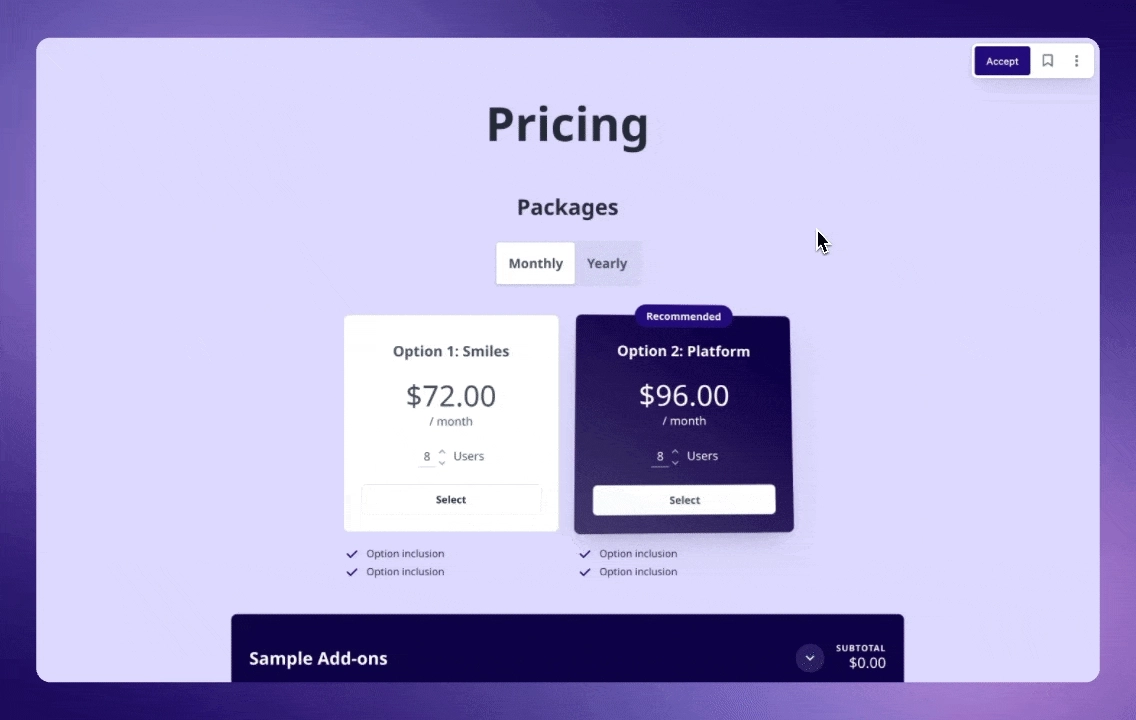
At Qwilr, we’ve watched this debate unfold for years, and honestly, both platforms are excellent at what they do. Adobe Sign shines through integration and user experience; Docusign through compliance and control. But neither fully tackles what we see as the real opportunity: turning business documents into interactive, trackable experiences that actually help you close deals.
That’s where Qwilr comes in.
Instead of static PDFs or rigid templates, Qwilr transforms proposals, quotes, and contracts into beautiful, web-based pages that reflect your brand. You can embed videos, pricing tables, case studies, and customer testimonials, and capture signatures and payments all in one place.
By the way, have you heard of QwilrPay?
And because Qwilr integrates directly with CRM tools like HubSpot, Zoho, Salesforce, and Pipedrive, your entire workflow - from proposal creation to close - stays seamless. Seamless.
About the author

Brendan Connaughton|Head of Growth Marketing
Brendan heads up growth marketing and demand generation at Qwilr, overseeing performance marketing, SEO, and lifecycle initiatives. Brendan has been instrumental in developing go-to-market functions for a number of high-growth startups and challenger brands.
